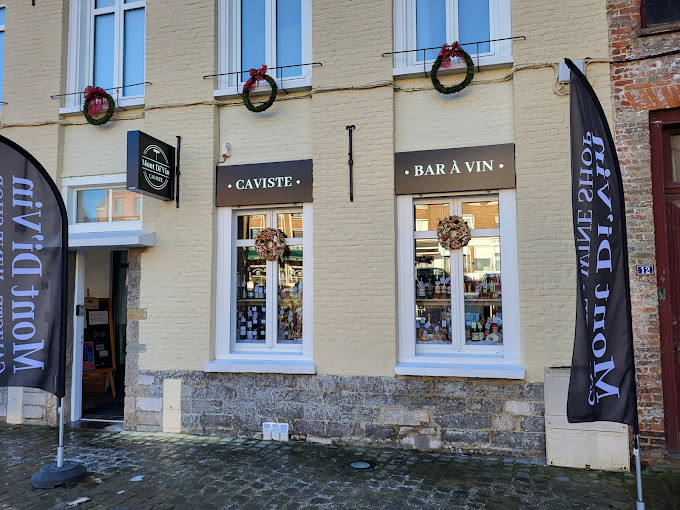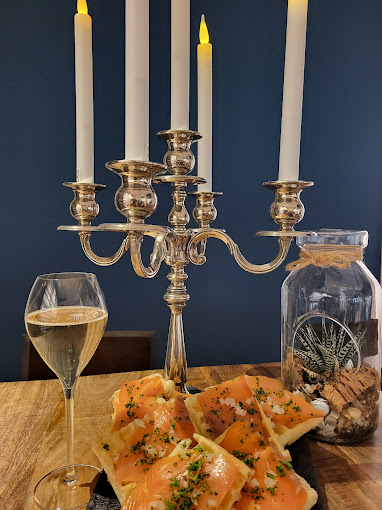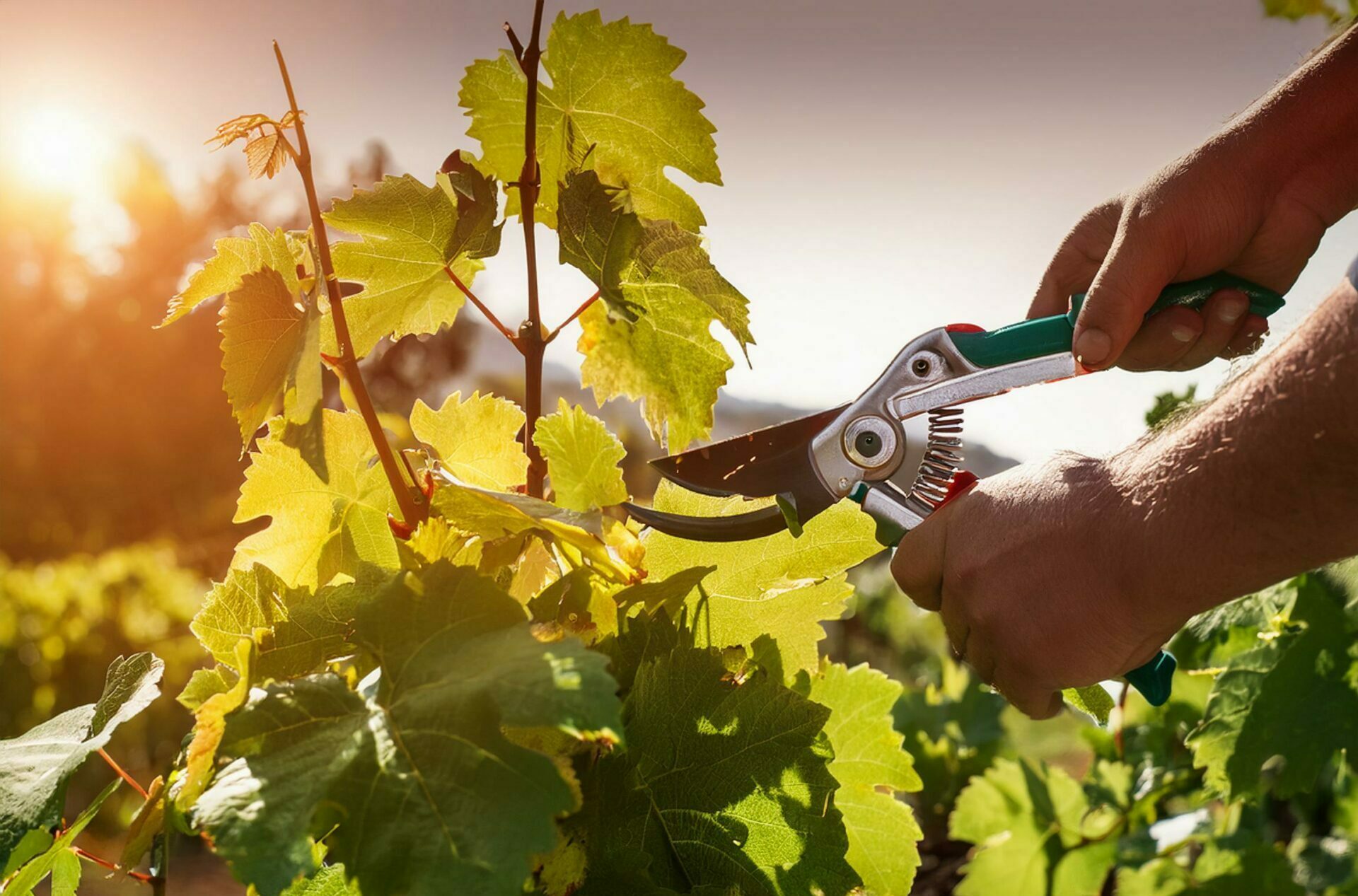
Located between Dunkirk and Lille, Mont Di’Vin is much more than just a wine cellar. Founded by Yann and Anneline Satin, this establishment offers a real experience around wine and spirits. The couple has created a warm and refined place, where quality wines, local products, and food and wine pairings come together. Discover behind the scenes of this essential address in Hauts-de-France and partner of Aspasie.
Can you tell us a little more about yourself and the birth of Mont Di’Vin ?
My name is Yann Satin, sommelier and founder of Mont Di’Vin, located between Dunkirk and Lille, in Cassel, in Hauts-de-France. Alongside my wife Anneline Satin, we opened Mont Di’Vin a year and a half ago, which includes a wine cellar as well as a delicatessen.
We organize events and also offer tasting boards. My wife Anneline manages the boards and wine bar, and I manage the sommelier.
Together, we form a complementary team with the desire to share our passion for good things and to offer a unique and friendly tasting experience to each of our customers.

What is unique about your establishment ?
Mont Di’Vin stands out for the diversity of its products: wines, champagnes, spirits, local soft drinks. We organize tasting workshops, with tailor-made food and wine pairings to meet the expectations of our customers. These workshops are limited to 12 places, the dates can be found on our Facebook account.
It is possible to privatize these workshops from 8 people, and to choose a specific tasting theme.



Since when and why did you choose to work with Maison Aspasie ?
I spent a few months in a restaurant located in Aisne, not far from the Ariston family estate. Since then, we have built a strong partnership with Aspasie. We always carefully select the houses and vintages that we offer, by visiting the estates and tasting on site. It is a partnership based on quality and trust.
What is your favorite champagne, why?
Among the champagnes that Aspasie offers, Blanc de Blancs is by far my favorite. Its creamy and round texture, combined with liveliness and minerality, makes it a remarkable champagne. It is a vintage that perfectly reflects the soul and know-how of the Aspasie house.
The final word is yours
Our ambition is to continue to perpetuate Mont Di’Vin, while reasonably developing our activity. As Best Sommelier of Belgium 2005 and Master Sommelier of the Union de la Sommellerie Française since 2015, I am proud of how far we have come. We also hope to continue to organize wine events and workshops for our customers, while maintaining the quality and authenticity of what we offer.










